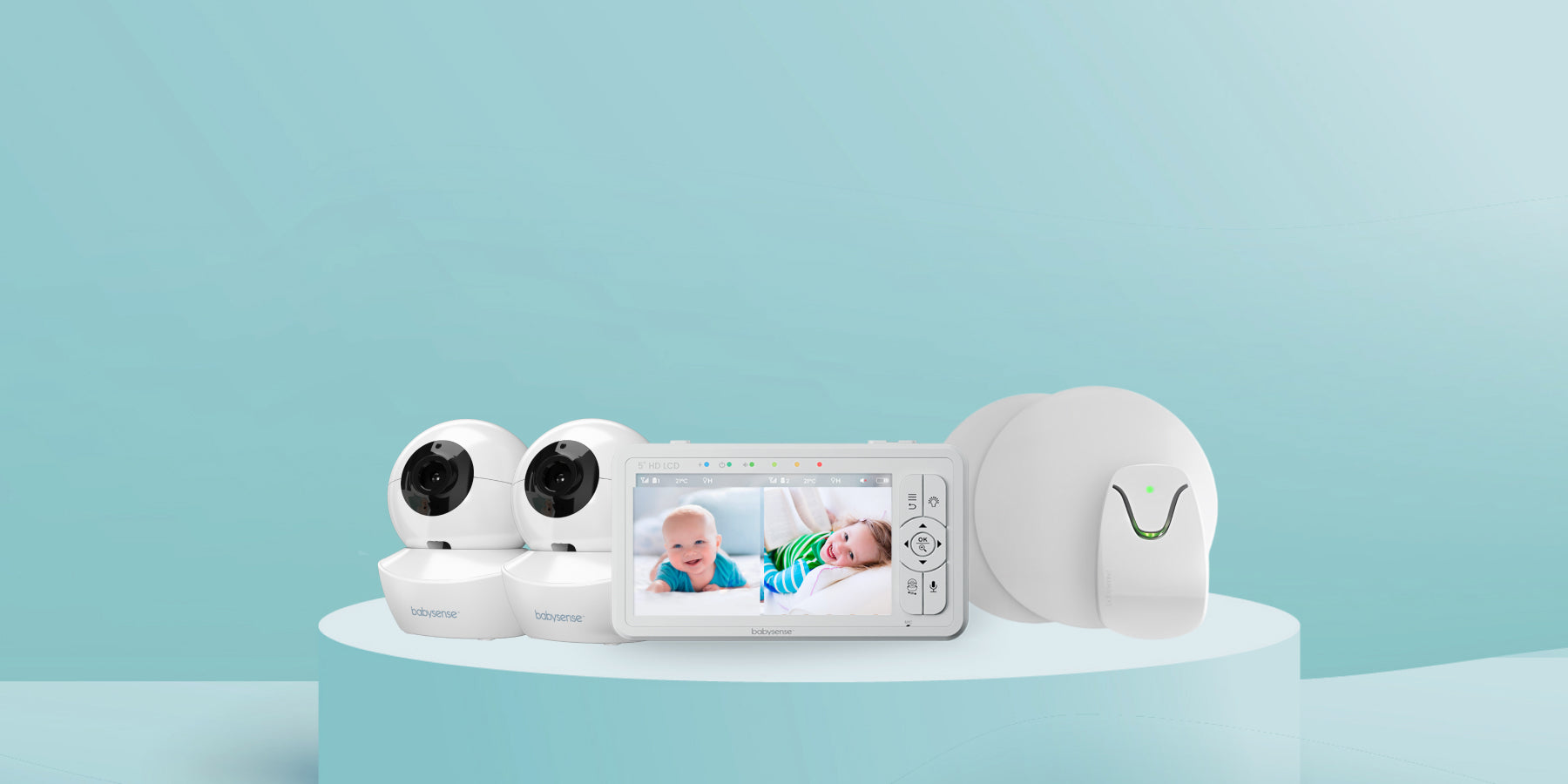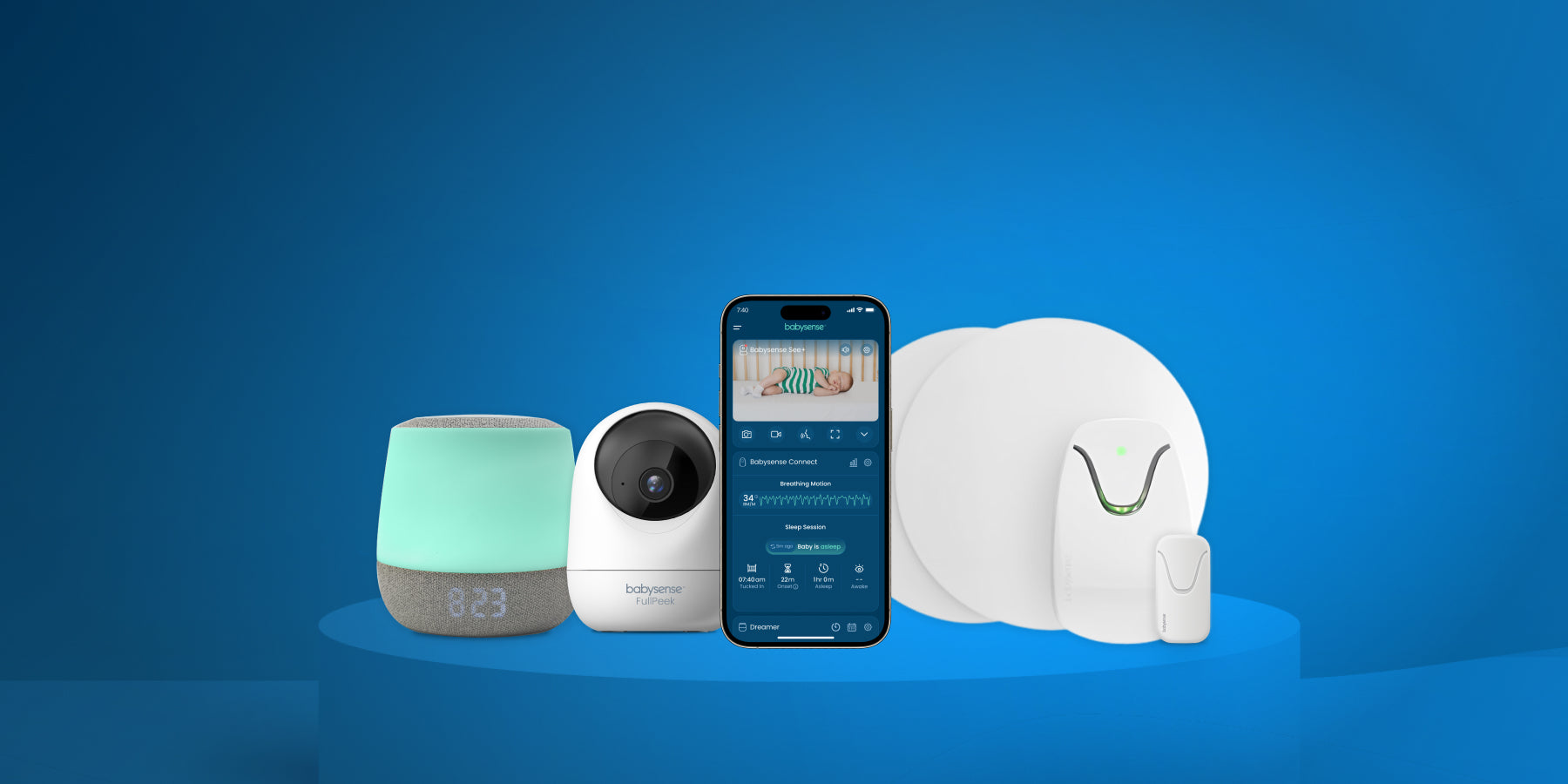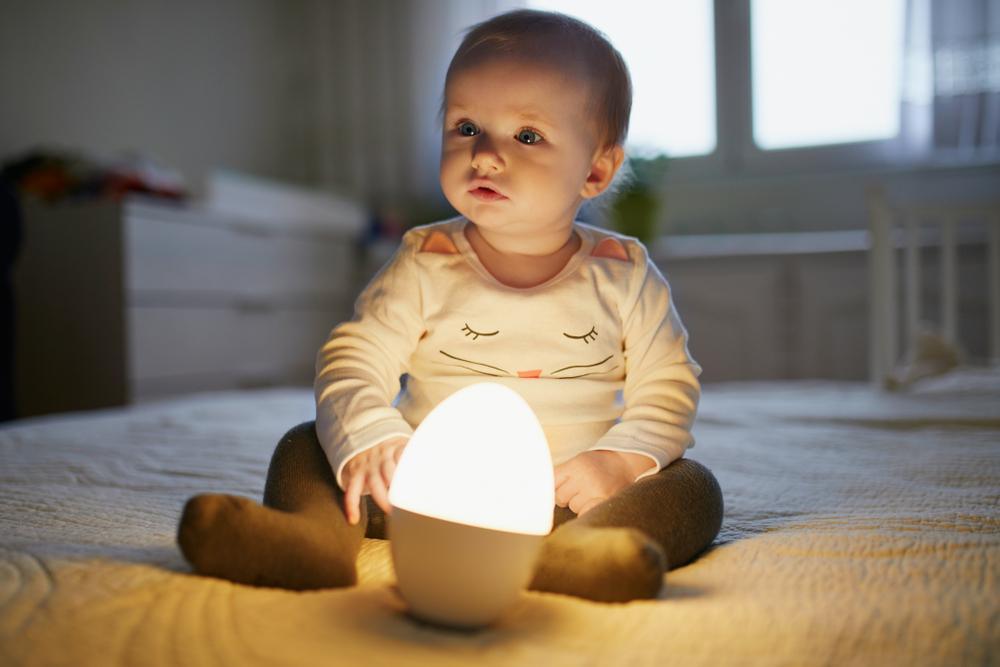It might seem a little silly to worry about whether your baby is old enough to use a blanket. What sorts of dangers might such a simple thing present? After all, a blanket is one more cute thing to add to your baby's cradle.
In reality, you have to transition your baby to using a blanket, the same way you transition them into more solid foods or potty train them.
So, when can your baby sleep with a blanket?
Let us find out.
What Should My Baby Sleep With in Their Crib?It is tempting to put all kinds of cute accessories in your baby's crib, including toys, pillows, bumpers, and yes, even a blanket. While all these things do look adorable around your sleeping baby, they actually might be dangerous that early in your baby's life.
Over 3,000 babies die every year from things ranging from suffocation to strangulation and even sudden infant death syndrome (SIDS). Having anything in the crib alongside your baby might increase the chances of your baby suffering from SIDS.
In short, the only thing your baby needs to sleep with is a fitted sheet over their crib mattress. Do not look for any bells and whistles with mattresses or fitted sheets. When your baby is first starting, keep it safe and straightforward.
To help you be organised, check out our range of video baby monitors to make sure your baby's safety is a main priority of yours.
That includes having no toys, positioners, bumpers, or even pillows in the crib. You do not want anything in the crib that can strangle, trap, or otherwise hurt your baby.
With anything going into your baby's crib, you want to consider the weight, the material, and whether there are any small parts. For example, dolls or stuffed animals with sewn-on button eyes could be a choking hazard.
When Can My Baby Sleep with a Blanket?
When can your baby sleep with a blanket? Every baby is different, so they will adjust to adding things to the crib at different ages. However, most experts recommend adding a blanket to the crib around 12 to 18 months of age. That is also when most infant-related deaths stop, so it is safe to start introducing things to the baby's crib.
Plus, most babies will have developed the motor skills to push objects away from their faces as they roll over at that age.
When it is safe for your baby to use a blanket, remember to start with the simplest blanket design. That means no ties or ribbons, attached stuffed animal heads or limbs, or anything that poses a hazard. Choose a blanket made from lightweight, breathable materials, such as muslin, for extra measure.
You will also want to choose a smaller blanket, since larger ones cause a greater risk of strangulation and suffocation.
Weighted blankets probably pose the greatest danger to babies, so only use those when they have matured a few years. The same goes for thick, quilted blankets.
If your baby always kicks off their blankets, you can continue to use a sleep sack for your child.
When you decide to use a blanket, always make sure that the blanket is tucked into the mattress so it cannot harm the baby. Also, never place the blanket higher than the baby's chest.
Why are Blankets Dangerous for Babies to Sleep With?
As mentioned, blankets can strangle or trap your baby if they roll around or into the blanket. On the other hand, they might also cause your baby to overheat, which in turn might cause SIDS.
How Do I Keep My Baby Warm Without a Blanket?
So then, if you should not allow your baby to sleep with a blanket, how do you keep them warm during the colder months?
See how warm you feel in your baby's room. If you need an additional layer to stay warm, odds are your baby might need one too. Babies usually need one clothing layer more than adults to stay comfortable, so however layers you need to keep warm, your baby might need one extra. Nonetheless, be careful not to over-layer them.
That said, you can also adjust the thermostat in your baby's room to a comfortable temperature.
The good news is that there is sleep-specific baby clothing made from breathable materials, such as sleep sacks and onesies. Be sure only to use these materials since it is tempting to dress your baby in hats, scarves, or headbands, but they could also cause SIDS.
Pay attention to when your baby starts rolling over in their sleep. That would be a good time to switch from swaddling them in a blanket to using a sleep sack. This simple piece allows easier, safer movement for your baby while they rest.
When the weather turns warmer, you can always use air conditioning, a fan, or an open window to control the temperature in your baby's room.
To check if your baby is comfortable, see how they are breathing. Are their cheeks flushed? Is the back of their neck sweaty? These are signs that your baby may be getting warm, so adjust the temperature accordingly. The goal is always to make sure your baby does not overheat.
Can I Swaddle My Baby to Keep Them Warm?
Some parents may consider swaddling their babies in a blanket for extra warmth and protection. While this is technically feasible and safe, it can still pose a risk to the baby if done incorrectly.
One danger with swaddling is that the child could roll over and get trapped lying face down. Even if you swaddle the child when slightly older, they can still get stuck lying this way. Therefore, if you are going to swaddle your baby, swaddle them loosely and set them in their crib lying face-up. Leave just enough room for the baby to move their knees and hips.
Most experts recommend you stop swaddling your baby around the 3-month mark. This marks the time when the baby will start to roll over in their sleep. However, keep an eye on when you baby starts rolling so you know when to break out the sleep sack.
What are Some Tips for Keeping My Baby Safe in the Crib?
Here are a few quick tips about how else you can keep your baby safe in their crib.
Share a room, but not a bed
It is a good idea to share a room with your baby for the first 6 to 12 months of their lives. You can situate their crib in the corner of your bedroom, but do not ever let your baby sleep in your bed with you. Doing so poses the risk of you rolling over and accidentally suffocating your baby.
Technically, you can share a bed with your baby, but only if the area is completely clear of pillows, blankets, sheets, and stuffed animals, and if you absolutely will not roll over to the baby's side.
Also, do not share a bed with your baby if you have smoked. As a matter of fact, do not allow anyone to smoke around your baby, especially where they sleep.
Lie the baby flat on their back
When you put your baby to sleep, always make sure they are lying flat on their back. You can do this a little less after they reach one year of age.
ALWAYS use safe baby products
Make sure your baby's crib is less than 10 years old and meets the Consumer Product Safety Commission's standards. If you must buy a crib secondhand, inspect it carefully and do not use any broken cribs.
Inspect safety guidelines on baby products carefully
Some baby products will claim to reduce the risk of SIDS, but these products usually are no different from regular baby products. In some cases, they might even increase the risk of SIDS. If you must buy these, inspect the safety guidelines closely.
Always use a firm, well-fitting crib mattress
Consequently, make sure your baby's crib mattress is very firm and fits perfectly into the crib. You do not want any gaps on the side of the mattress.
Always put the baby to sleep in their bed
Do not be tempted to let your baby sleep in their stroller, swing, bouncer, or car seat. Do not let them fall asleep while sitting in a chair, either. It is safest to let them sleep lying down flat on their backs on a firm mattress.
Keep loose objects away from the crib
Similar to keeping small objects out of the crib, make sure you keep loose objects like cords or curtains out of reach from the crib.
Consider using a pacifier during sleep
Once your baby becomes comfortable with breastfeeding, you can consider letting your baby sleep with a pacifier.
Final Thoughts
Baby blankets are a fun addition to your baby's cradle, but you should wait until they are a little older to give them one.
Until then, you can simply use sleep sacks, wearable blankets, and a few additional layers to keep your baby warm. Whatever you do, do not let your baby overheat and do not let them sleep anywhere but on their back in their crib.





